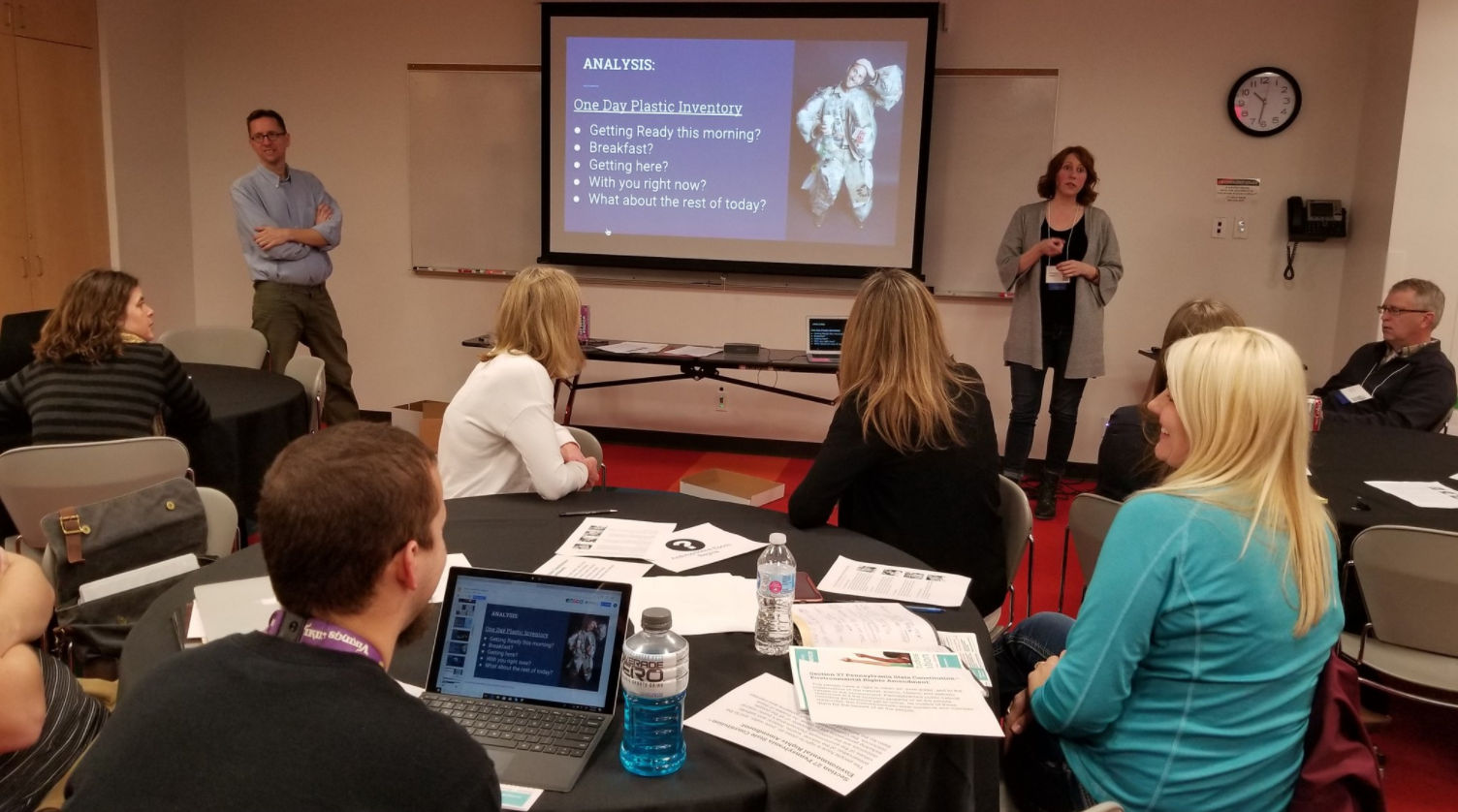Navigating the Tenses: A Comprehensive Guide to English Verb Tenses
Master English verb tenses with this comprehensive guide. From present to future, learn to convey actions accurately and effectively.

The foundation of the English language, tenses provide actions and occurrences context. It takes mastery of them to communicate effectively. This blog acts as a reference for comprehending and effectively applying the tenses of verbs in English.
Present Tenses: Actions in the Now
Simple Present: Used for scheduled occurrences, universal truths, and habits. As an illustration, she reads novels every night.
Present Continuous: Expresses what is happening right now in terms of activities. For instance, they are preparing for their tests.
Present Perfect: Connects the dots between your past and present. Instance: I've been to Paris previously.
Present Perfect Continuous: Highlights the length of continuous activities that preceded the present. For instance, he has been employed here for five years.
Read Also:https://whyinq.com/the-double-edged-sword-how-ai-can-fuel-human-laziness
Past Tense Verbs: Past Actions
Simple Past: used to describe past actions. Example: Last night at the party, she danced.
Past Continuous: Summarizes current historical actions. Example: It began to rain when we were watching a movie.
Past Perfect: Relates an earlier past action to another past action. Example: By the time she arrived, the concert had already begun.
Past Perfect Continuous: Highlights the length of time spent doing something prior to another past event. As an illustration, they had been waiting for the train for hours.
Future Tenses: Actions Yet to Come
Simple Future: Used to anticipate future events or activities. Example: Next weekend, she's going to see her grandparents.
Future Continuous: Explains ongoing activities at a given point in the future. Example: That's when they'll be celebrating their anniversary.
Future Perfect: Connects an action in the future to another action in the future. Example: We'll be done cooking by the time he gets here.
Future Perfect Continuous: Pays attention to the length of the acts that lead up to a future point. Example: By the time they return, they will have been on the road for a month.
Conclusion: Weaving Time into Language
A dynamic timeline is woven by tenses into language, enabling us to communicate past, present, and future events. Always keep in mind that context is crucial while working with any tense. Selecting the right tense guarantees that your message is understandable and accurately conveys the sequence and type of actions. So, confidently go off on your adventure through time and learn the tenses that give English its richness and complexity.













